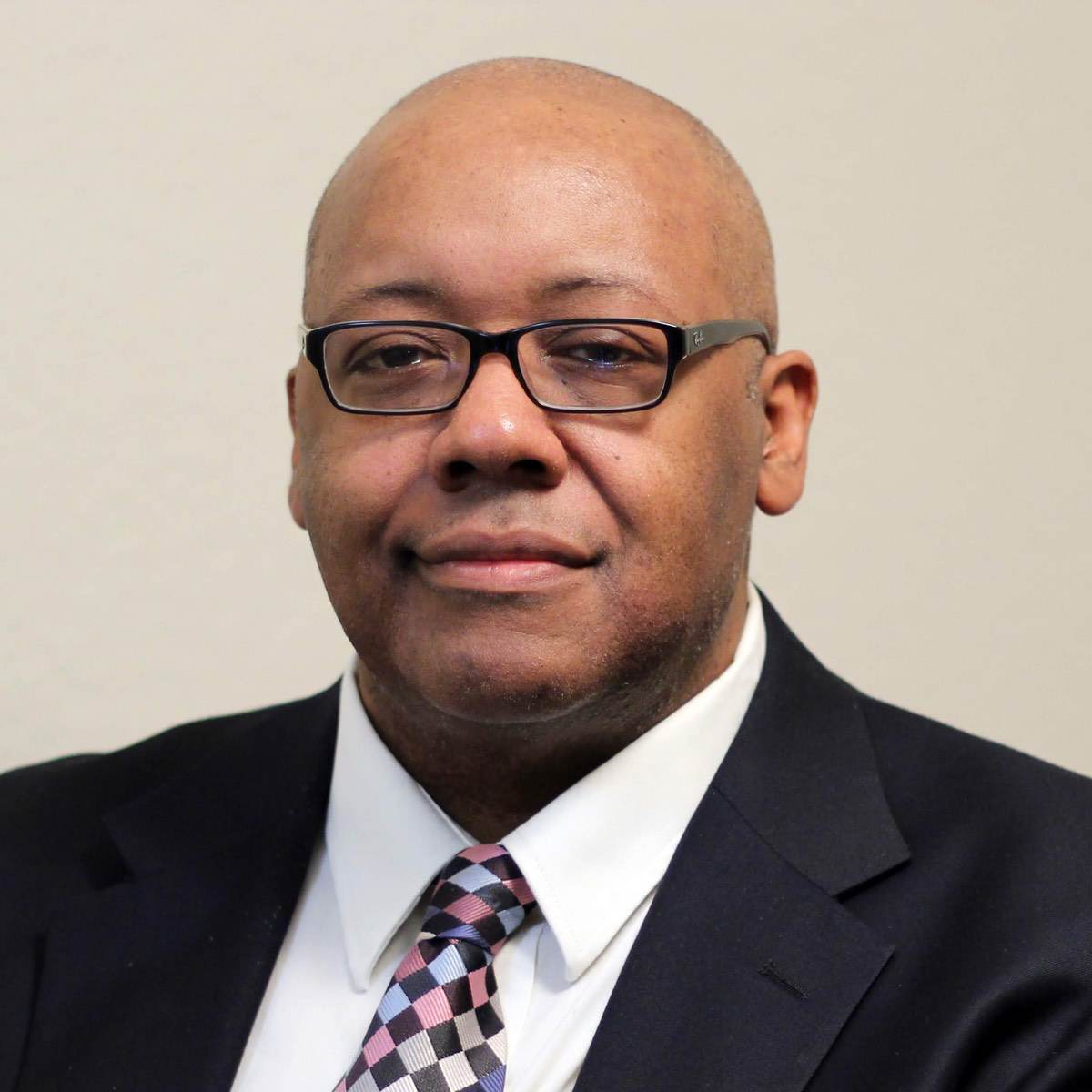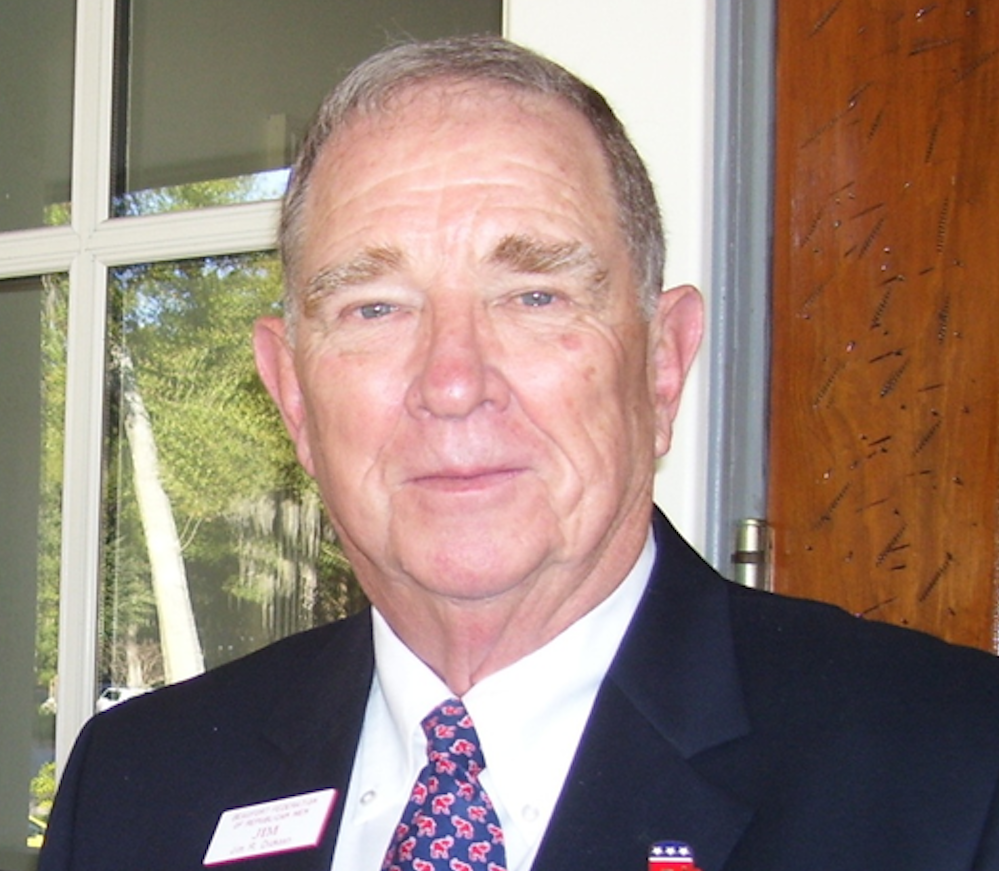This Friday morning its brisk, but the sky is clear meaning this will be a good day for walking Charleston’s cobbled, uneven, root-ravaged sidewalks.
Last night, Susan and I did a reconnaissance that began with the Waties Waring Judicial Center on Meeting Street. Actually we didn’t get into the building, or even into its beautifully landscaped courtyard, but I was able to give my wife a five minute tutorial as we stood on the sidewalk.
Julius Waties Waring was Charleston-born; the son of a Confederate soldier; a man who always wanted to be a judge. He got that appointment from FDR in 1942.
In 1951, he was one of three judges who listened to the argument that the schools in Clarendon County, S.C., were inherently unequal. That case — Briggs v. Elliott — was heard in the Federal Courthouse in Charleston.
This was a time when the NAACP was bringing multiple lawsuits seeking to overturn the “separate but equal” fiction as applied to the separate educational systems operated in the South. Although two of the three federal judges upheld the separate but equal rationale, Judge Waring wrote that “segregation is per se unequal.”
This was not Waring’s first departure from the norms then in effect in South Carolina. He had already angered many South Carolinians with his decision requiring that the Democratic Party allow Blacks to participate in its primary.
Thurgood Marshall and the NAACP appealed the District Court’s decision in Briggs and it was consolidated in the U.S. Supreme Court with similar appeals from Virginia, Delaware, Kansas and the District of Columbia.
South Carolina put together a team of lawyers that included Robert Figg (Dean of the law school), Ernest Hollings, Governor Jimmy Byrnes and John W. Davis.
John W. Davis, who had been a Presidential nominee in 1924, was considered the most experienced and eloquent lawyer in the United States. He had, at that point, argued more than 100 cases before the Supreme Court.
Most legal experts assumed that the Court would uphold the Plessy v. Ferguson precedent — the 1896 Louisiana case that had legitimized the notion separate but equal facilities. In the Plessy case the Court legitimized separate train car compartments for Black and White passengers.
It was assumed that separate school systems would also be legitimized because Chief Justice Fred Vinson was on the bench and this man believed in the sacredness of precedent; and the notion of state sovereignty when it came to education.
But then the Court moved the Kansas appeal (Brown v. Board of Education) ahead of South Carolina’s appeal. It is believed that Roy Wilkins, then head of the NAACP, was close to the Solicitor General and convinced him that this would be better case because there were no allegations (against Kansas) of gross inequality. In fact, Kansas was not even sending a lawyer to Washington to argue its case before the Supreme Court.
By all accounts the arguments made by Thurgood Marshall were incisive and persuasive. John W. Davis was equally incisive and argued that integration had been tried before (during Reconstruction) and “There was total chaos.”
Importantly there were many questions from the other Justices on the Court indicating interest in the case.
But there was no decision.
The Court decided that they wanted more arguments. In particular they wanted to hear further arguments on the Constitutional questions.
It is also rumored that the Vinson saw a 5-4 decision was in the making; and wanted time to fashion a more decisive vote. But then, before he could do that, the Chief Justice died. Thereafter President Eisenhower chose Earl Warren as his successor.
Warren’s leadership may have been the factor that sent “separate but equal” into the unconstitutional, institutional dumpster. But the Court’s opinion was the essentially the same opinion that Judge Waties Waring had written three years earlier.
Things did not go well for Judge Waring after the Supreme Court’s decision. He was shunned by the legal community and his South of Broad neighbors. There were threats, rocks and for a time he and his wife had round the clock FBI protection.
Finally, Waring and his wife moved to New York City.
When Judge Waring died on Jan. 11, 1968, more than 200 people attended his funeral. It is estimated that less than a dozen of these mourners were white.
In 2015, at the bidding of Senator Ernest Hollings, the Ernest Hollings Judicial Center was renamed the J. Waties Waring Judicial Center.
Scott Graber is a lawyer, novelist, veteran columnist and longtime resident of Port Royal. He can be reached at cscottgraber@gmail.com.









